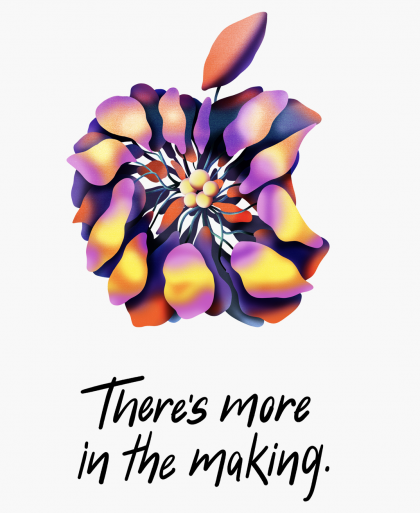M.G. Siegler:
A month later, I think I’ve determined I actually prefer the ‘X’ — and now the ‘XS’ — size. This wasn’t the case when “downgrading” from a ‘Plus’ phone to the “regular” iPhone in generations past — I found the smaller versions to be almost comically small when switching between the two. With the ‘Max’ to the ‘X’ or ‘XS’, to be honest, I just like the latter form factor more — I find it to be a more natural size that feels better in the hand.
The comically small comment is interesting to me. I know a host of people who yearn for a new version of the SE form factor. There are people with small hands and/or terrific eyesight and/or small pockets that miss that size.
Same thing with Apple Watch. There are people with smaller wrists for whom even the old 38mm form factor was too large.
My instinct here is that the reason Apple won’t stay small is not strictly a market research response (i.e., customers don’t want small) but, instead, that Apple recognizes how hard it is to pack all the technology they have now and foresee in the future in a small package.
Add to that, a smaller package means smaller batteries, which doesn’t scale well, since the tech itself doesn’t shrink with a smaller enclosure.
Back to M.G.’s writeup:
Obviously, your mileage may vary, but I think part of my feeling is due to the fact that unlike when the ‘Plus’ models hit, it doesn’t seem like developers have really done anything to tailor their apps for the larger screen of the ‘Max’. Apple did, but not in the same way as they did with the ‘Plus’, where the entire OS changed in landscape mode, for example (it doesn’t here). And as a result, many apps just look sort of chunky now.
This is an important point. Every time Apple makes a sea change to the process of developing an app, legacy app developers have to make a choice. Do they spend time and money “fixing” their existing apps so they take advantage of the new form factor (adopt the new “safe zones” rules so the app plays well with the notch/bigger screens), or dedicate themselves to new app development and the lure of a brand new sales/money cycle?
All of that plus the fact that the bigger model doesn’t have the better camera system this time around (again, unlike the ‘Plus’ era), puts a lot of checks in the ‘XS’ box.
All three of the new models have the same processor, too. Interesting change of strategy for Apple. And a strong case for buying the iPhone XS.
There’s more to M.G.’s review, definitely a worthy read.

